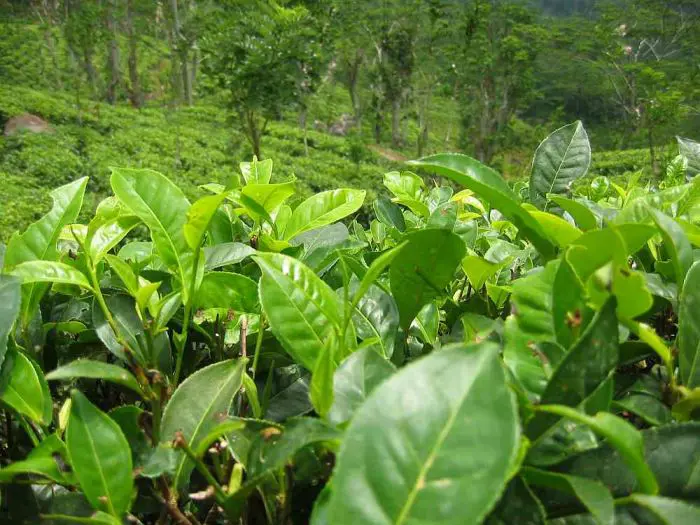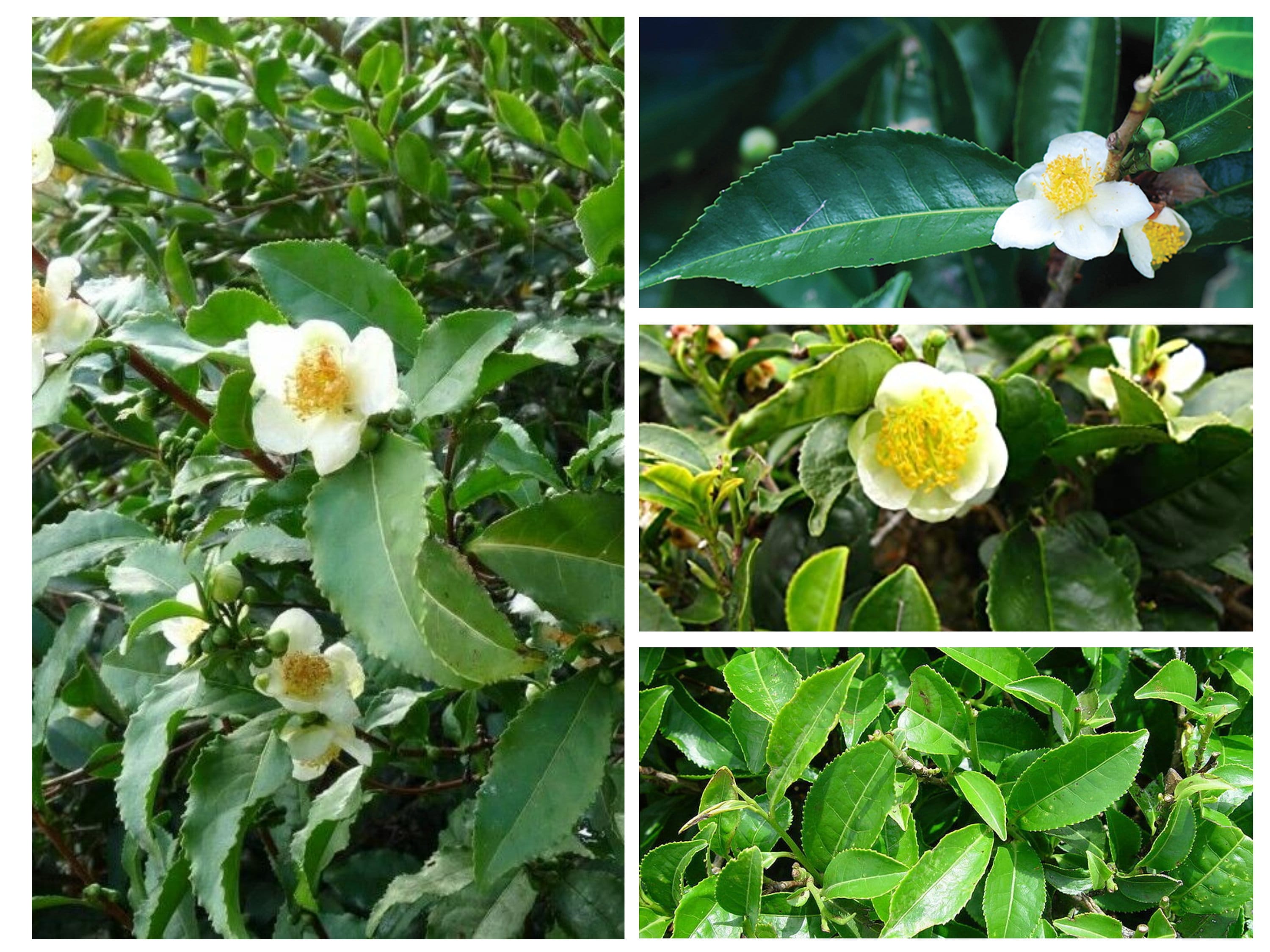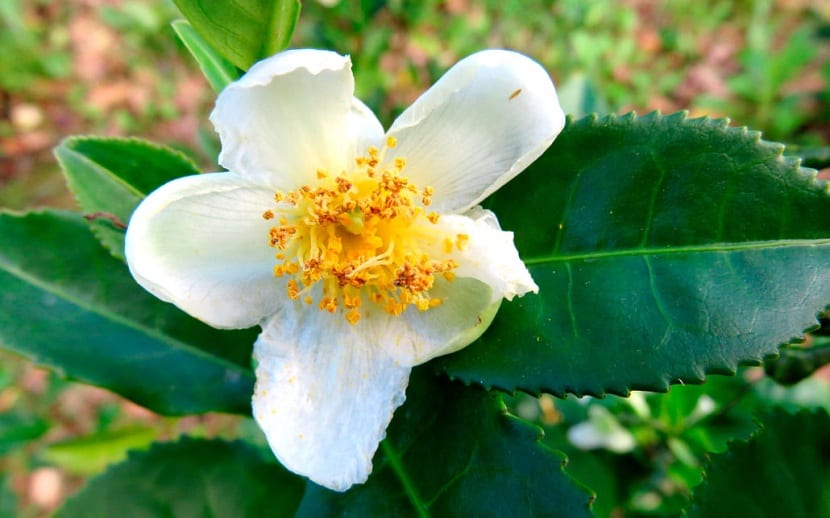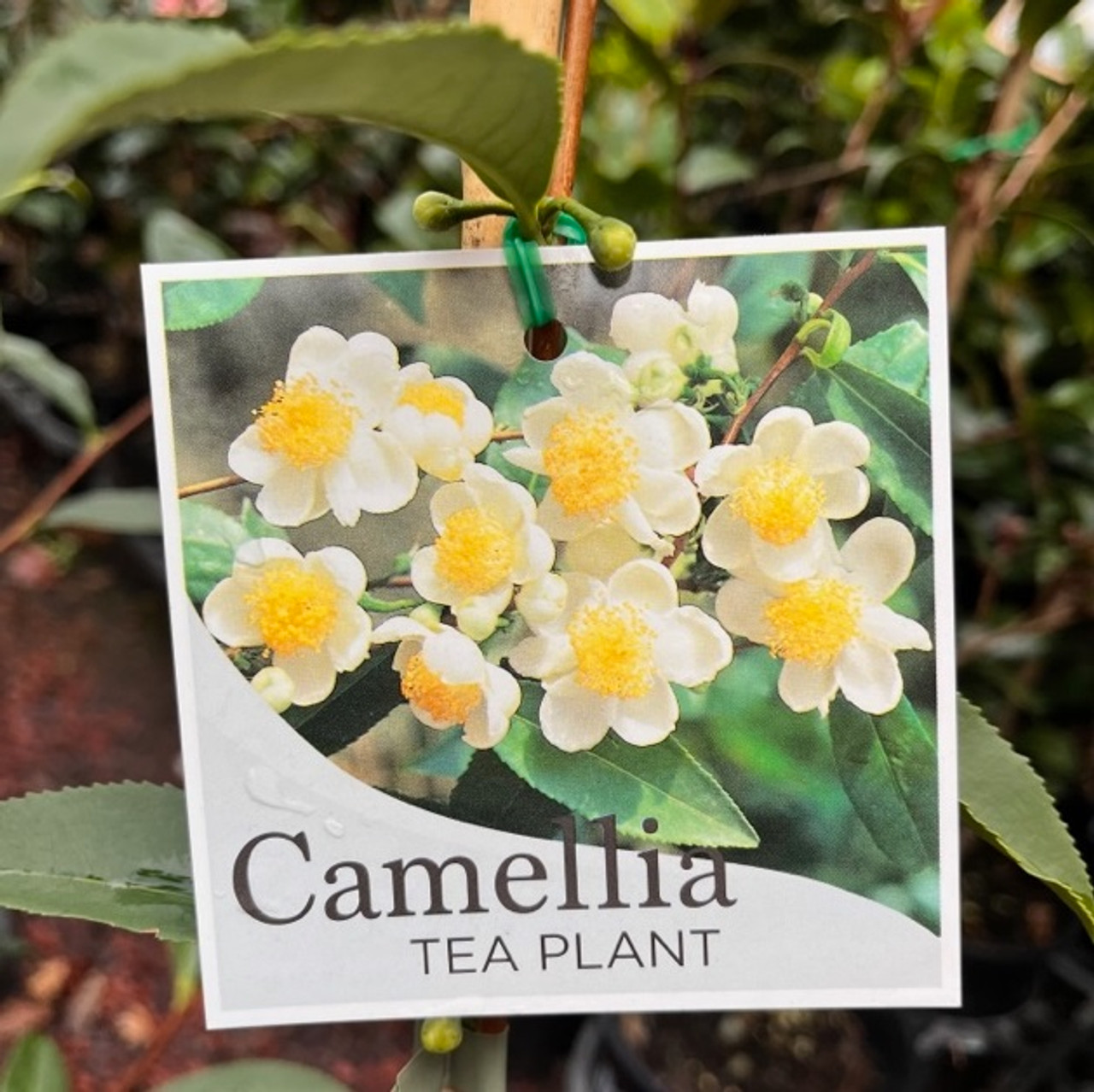Where Can I Buy Camellia Sinensis

The quest for the perfect cup of tea often begins not with brewing methods, but with a single, fundamental question: Where can I find Camellia sinensis? This plant, the source of all true teas – black, green, white, oolong, and pu-erh – is surprisingly accessible, yet sourcing high-quality specimens requires navigating a complex landscape of nurseries, online retailers, and specialized tea merchants.
This article will delve into the various avenues available for acquiring Camellia sinensis, exploring the pros and cons of each option, and offering guidance on selecting healthy and authentic plants. Whether you're a seasoned tea enthusiast looking to cultivate your own leaves or a curious gardener seeking a unique addition to your landscape, understanding the nuances of sourcing this prized plant is crucial.
Nurseries and Garden Centers
Local nurseries and garden centers can be a convenient starting point for acquiring Camellia sinensis. The advantage of this route is the ability to physically inspect the plant before purchase, assessing its overall health and vigor. Look for plants with vibrant green leaves, sturdy stems, and a well-developed root system that is not root-bound.
However, availability can be limited depending on your geographic location and the nursery's specialization. Many general nurseries may not carry Camellia sinensis specifically, or may only offer common cultivars that are not ideal for tea production.
When purchasing from a nursery, inquire about the plant's origin and growing conditions. Understanding whether the plant was propagated from seed or cutting, and its history of pest and disease management, can inform your own care strategies.
Online Retailers
The internet offers a vast marketplace for Camellia sinensis, connecting you with specialized nurseries and growers worldwide. Online retailers often provide a wider selection of cultivars, including those specifically bred for tea production, such as Camellia sinensis var. assamica or Camellia sinensis var. sinensis.
The convenience of online shopping comes with potential drawbacks. You cannot physically inspect the plant before purchase, relying instead on photos and descriptions provided by the seller. Careful research and due diligence are essential.
Read customer reviews and check the retailer's reputation before making a purchase. Look for retailers that offer guarantees on plant health and provide detailed information about the plant's origin and growing requirements. Consider retailers with certifications from reputable organizations like the USDA Organic.
Specialized Tea Merchants
Some specialized tea merchants are now offering Camellia sinensis plants, often sourced directly from tea estates or reputable nurseries. These merchants understand the specific needs of tea plants and can offer expert advice on cultivation and tea production.
Purchasing from a tea merchant can provide access to rare or unique cultivars that are not readily available elsewhere. These plants are often carefully selected for their superior flavor profiles and suitability for tea making.
However, be prepared to pay a premium for plants from specialized tea merchants, as they often represent higher quality and more specialized genetic stock.
Factors to Consider When Choosing a Plant
Cultivar
Camellia sinensis exists in various cultivars, each with its own unique characteristics. The two main varieties are Camellia sinensis var. sinensis, typically used for green and white teas, and Camellia sinensis var. assamica, commonly used for black teas. Research which cultivar is best suited for your climate and desired tea type.
Climate
Camellia sinensis thrives in warm, humid climates with well-drained soil. Consider your local climate when selecting a plant. Certain cultivars are more cold-hardy than others, and some may require protection from harsh winter conditions.
Plant Health
Inspect the plant for signs of pests, diseases, or nutrient deficiencies. Healthy Camellia sinensis plants should have vibrant green leaves, sturdy stems, and a strong root system. Avoid plants with yellowing leaves, wilting stems, or signs of insect infestation.
Propagating Your Own Plants
For those with experience in plant propagation, growing Camellia sinensis from seed or cuttings is another option. Seeds can be sourced from reputable tea merchants or online suppliers. Cuttings can be taken from healthy, established plants.
Propagating from seed can be a lengthy process, and the resulting plant may not possess the exact same characteristics as the parent plant. Propagation from cuttings allows for the creation of clonal copies, ensuring the desired traits are preserved.
Both methods require specific knowledge of plant propagation techniques and careful attention to environmental conditions to ensure success.
The Future of Tea Cultivation
The demand for high-quality, sustainably sourced tea is growing, fueling interest in home cultivation of Camellia sinensis. As awareness of the plant's potential increases, we can expect to see a wider availability of cultivars and more resources dedicated to supporting home tea growers.
Technological advancements in plant propagation and climate control are also making it easier to cultivate Camellia sinensis in non-traditional growing regions. This could lead to the emergence of new tea-growing areas and a greater diversity of tea flavors.
Ultimately, the accessibility of Camellia sinensis empowers individuals to connect with the origins of their tea, fostering a deeper appreciation for this remarkable plant and the art of tea making. By understanding the various sourcing options and considering the specific needs of the plant, anyone can embark on the rewarding journey of cultivating their own tea leaves.










:max_bytes(150000):strip_icc()/GettyImages-1034253492-cec49ee966244b2885bbb71c01edf681.jpg)







